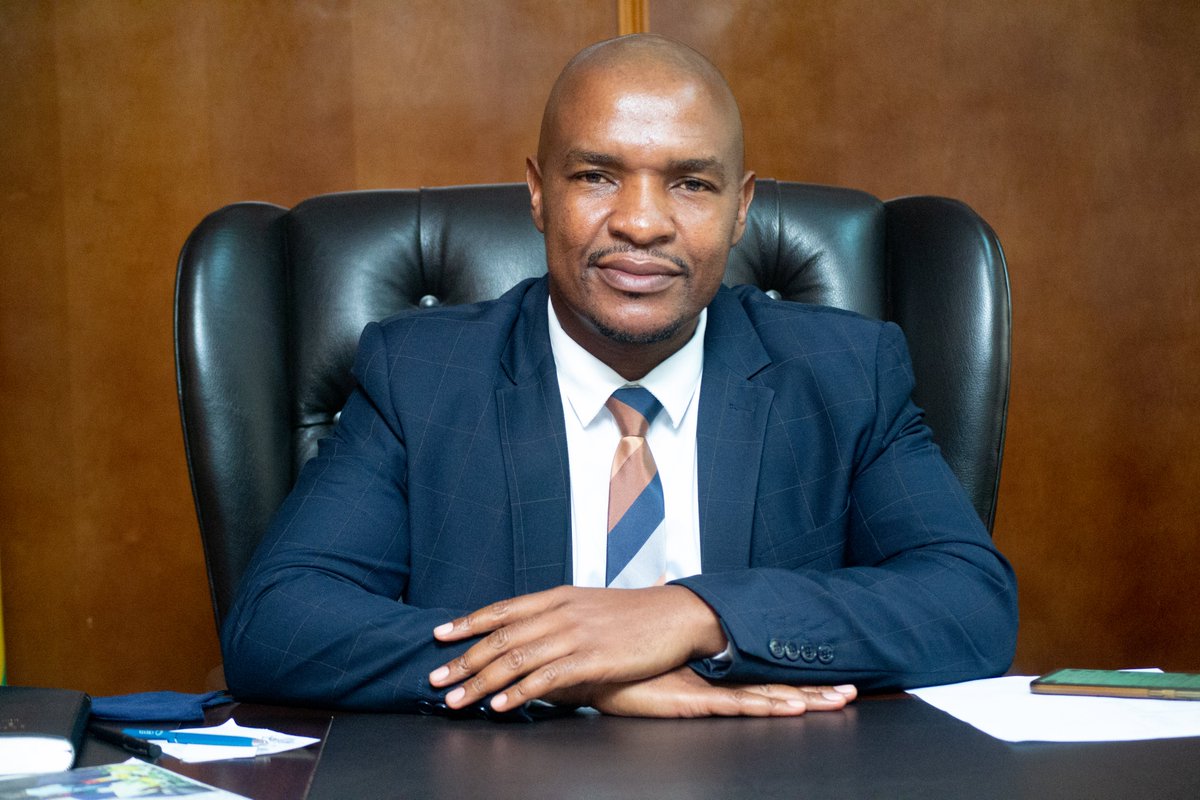
BY SHAME MAKOSHORI, In Beitbridge AT least 340 kilometres of the Harare-Beitbridge highway have been reconstructed and opened to motorists in the past two years, officials said Friday, promising to expand the aggressive road revamp programme countrywide.
The 580 kilometre highway’s revamp is part of a big operation stretching close to 1 000 kilometres, which will end with reconstruction of the Harare -Chirundu stretch of the artery during the second phase.
It sits at the heart of the North-South corridor, linking the region to the rest of Africa.
Speaking to reporters after a tour of the project on Friday, Transport minister Felix Mhona said a volatile exchange rate made it difficult to estimate how much would be spent.

But some international bidders had estimated the project to cost about US$3 billion before Zimbabwe decided to use domestic contractors.
“About 340 kilometres have so far been opened to the public,” Mhona told reporters.
“We have been all over the country refurbishing our roads. Fifty five contractors have been engaged and over 10 700 contract workers have been hired. We are proceeding to Chirundu. What you have seen here (at Beitbridge Border Post) will be replicated at Chirundu. We are also moving to feeder roads and dilapidated roads in locations,” Mhona added.
The 340 kilometres represents about 58,6% of the 580 kilometre highway which conveys consignments from South African and other ports to the rest of the continent.
- Chamisa under fire over US$120K donation
- Mavhunga puts DeMbare into Chibuku quarterfinals
- Pension funds bet on Cabora Bassa oilfields
- Councils defy govt fire tender directive
Keep Reading
Over 100 international freighters also ferry Sadc’s minerals and industrial output to global destinations through the highway daily.
Constructed back in the 1950s as colonial powers swept through the region to tap into vast natural resource endowments, the Beigtbridge-Harare-Chirundu Highway had been extensively rundown during 40 years of the late strongman, Robert Mugabe’s reign.
This had held back development in Zimbabwe and frustrated the entire region’s transportation system.
The potholed narrow road with faded or no carriageway markings had turned into a death trap, while delays at Beitbridge and Chirundu border posts had become an eyesore.
Zimbabwe’s elite had looted resources while crucial infrastructure collapsed.
The African Development Bank estimated that the country requires over US$30 billion to rebuild the destroyed infrastructure including roads.
This figure is way above Zimbabwe’s US$18 billion gross domestic product (GDP), as estimated by the World Bank.
But under two phases of a revamp programme called the Emergency Road Rehabilitation Programme (ERRP), Zimbabwe’s current administration has placed the highway at the heart of its strenuous efforts to move of its dark past.
ERRP, which is funded by the Zimbabwe National Roads Administration (Zinara) and the Ministry of Finance and Economic Development, has seen huge amounts of the free falling Zimbabwe dollar poured to execute the highway programme.
It kicks off at Harare’s Mbudzi Round about, where a US$88 million interchange is being constructed by Tefoma, a construction joint venture involving three local constructors.
“The interchange, the first of its kind, is being spearheaded by local contractors. We are using domestic resources. We (have no access to) any lending because of the sanctions that have been imposed on us. We are using what we have, we eat what we kill,” Mhona told reporters.
Zimbabwe was slapped with sanctions by western powers at the turn of the century following an outcry over human rights abuses, electoral theft and corruption that have ruined what was one of the region’s most promising economies.
With debt estimated by the Debt Office at about US$17,5 billion at the end of 2021, lenders have backed off, citing high default risks, exposing the country to potentially tougher times ahead.










